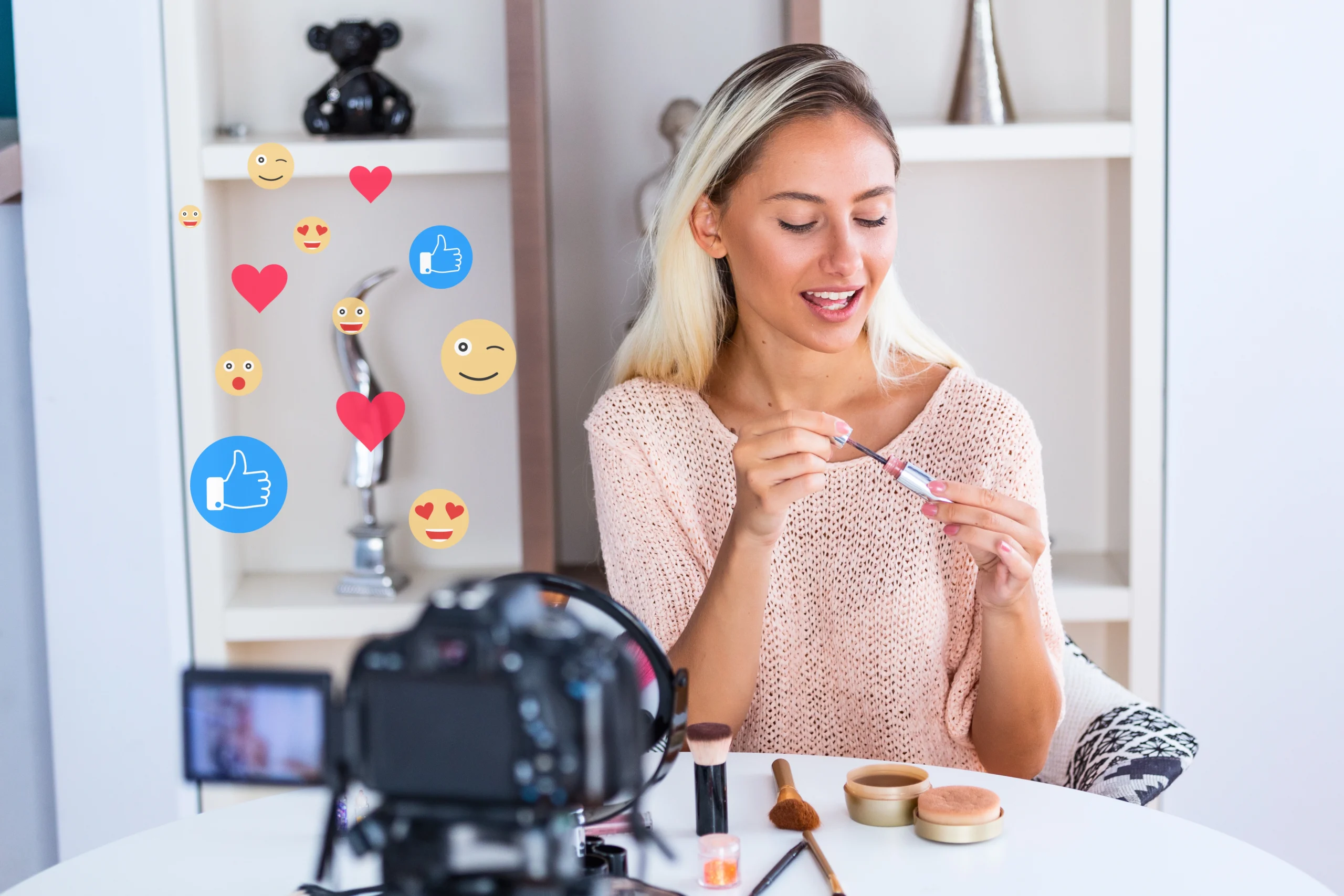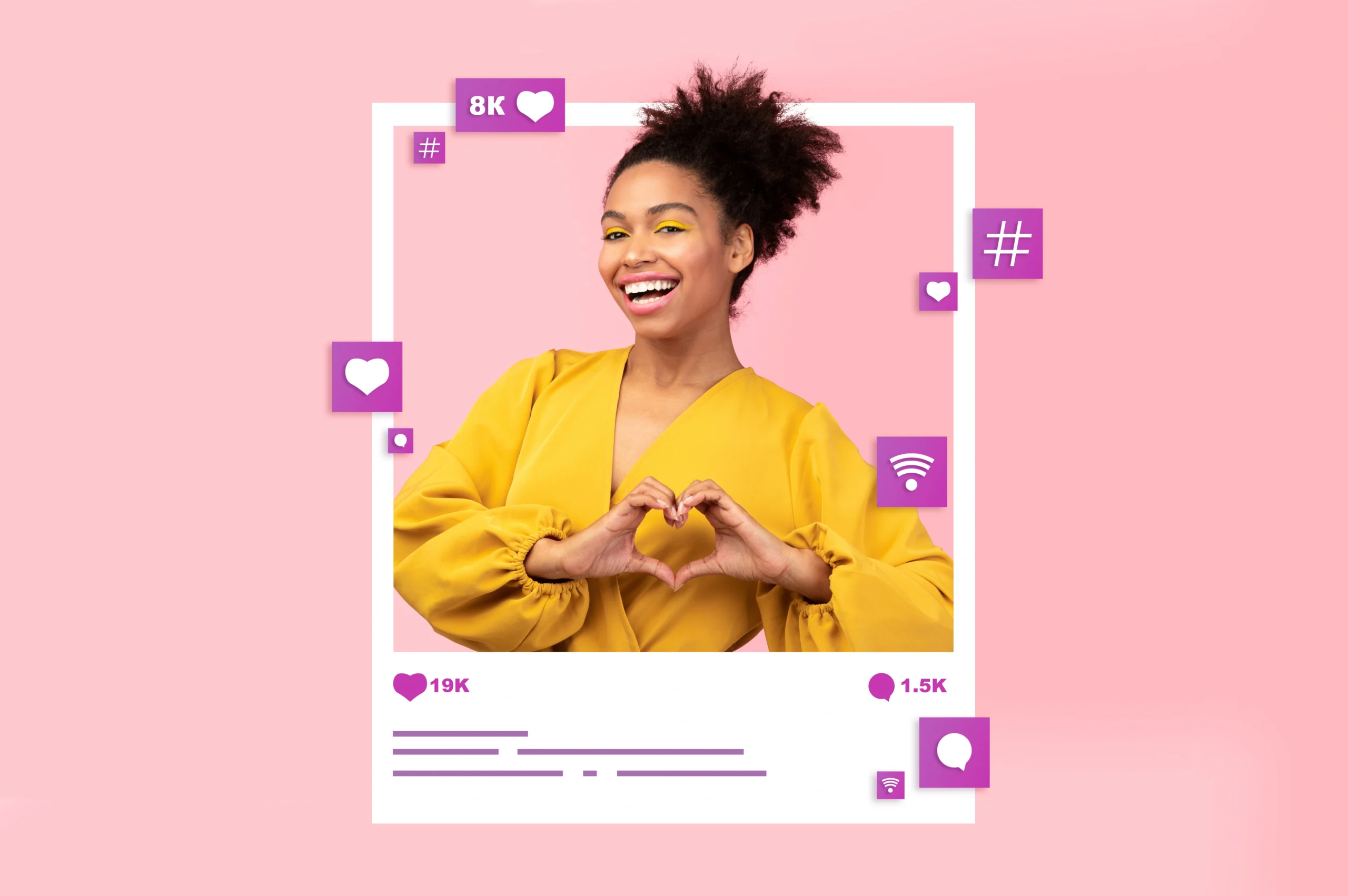Content Creators and Social Media Influencers in the Digital Economy
What does the state of influencer marketing look like in 2024? Discover how content creators and influencers are enmeshed in the digital economy.
Inside this Article…
- Introduction
- What are Content Creators and Social Media Influencers?
- Content Creators vs. Social Media Influencers
- Influencer Impact in Media and the Digital Economy
- Leveraging Influencers in Market Research
- Challenges and Ethical Considerations When Working With Influencers
- Summary
Why Qualitative Research is Essential in Market Research (and How EthOS Elevates It)
Discover why qualitative research is such an important part of market research and how OvationMR's tool EthOS can help. By: Anne Collins Date:...
Why AI Tools Built by Researchers Make a Difference
Learn more about AI-powered market research tools and why tools build by researchers for researchers are leading the charge. By: Erik Larson Date:...
Introduction
The global influencer marketing market size has more than doubled in just the last few years, increasing from $9.1 billion in 2020 to $21.1 billion in 2023. Everywhere you look, you see new influencers popping up to promote products they think you’ll like.
But that’s because businesses are putting large portions of their marketing budgets towards working with influencers. 23% of businesses allocate 40% or more of their entire marketing budgets to influencer marketing.
As the influencer marketing industry grows, it only makes sense that it will change and evolve into an even bigger beast. And now, in 2024, you can even incorporate content creators and influencers into your market research strategies.
Throughout this article, we’re going to talk more about social media influencers, content creators, what they are, and what kind of impact they’re having on the digital economy as a whole.

Influencer Impact in Media and the Digital Economy
In the past, the only famous people we would look to were mega movie stars and pop stars. Now, regular, everyday people can hit celebrity status just by amassing a large online following. Some influencers have even been invited to join the ranks of A-listers at star-studded events like the Met Gala and the Golden Globes.
With the ability to become a celebrity at the tips of our fingers, it’s no wonder we’re seeing such an uptick in influencer numbers. There are over 500,000 influencers on Instagram alone, the vast majority of which have fewer than 50,000 followers.
So while hitting that mega celebrity level is tough, it isn’t an essential step for being an effective influencer. Those lower-level influencers are still making waves in the media and the marketing industry as a whole. After all, 82% of businesses plan to have a budget specifically for influencer marketing.
And many businesses are even creating roles specifically for influencer management, an example of which we can see in this tweet:
Some personal news, I accidentally built a huge influencer program at @eventbrite and now I'm in charge of it! Bizarre to have "social media" out of my title for the first time since 2015 but I'm so excited to lead this amazing team and strategy as our influencer program grows. pic.twitter.com/xRiHwOZfjb
— Sophie Vershbow (@svershbow) January 8, 2024
With this rise of influencer marketing, more and more businesses have access to this promotional strategy. Whereas in years past, only big brands with big budgets could hire these mega celebrities to put their faces behind their perfumes, makeup, and other products, influencers make advertising even more accessible.
According to Influencer Marketing Hub, influencer rates vary greatly based on platform and follower count. But this works well for businesses of all shapes and sizes. A newer business can still hire a smaller influencer by paying just a few hundred dollars for some Instagram promotion.
Thanks to this advertising accessibility, we can clearly thank influencers for having a massive impact on the economy—both online and off. People watching their favorite influencers enjoy certain products and services are likely to purchase them for themselves, putting money back into the economy again and again.
With all of this in mind, we can make a clear assumption that influencers won’t be exiting our social media feeds anytime soon.
Leveraging Influencers in Market Research
We’ve seen how popular influencers are in the media and for brand promotion. But what about when it comes to market research? Can influencers help drive market research projects?
There are a few ways that influencers can be leveraged when it comes to market research—and marketing in general. Let’s dig into a few examples.
Understanding Consumer Behavior
If there’s one thing that influencers know like the back of their hands, it’s who their audience is and what their audience wants. Take advantage of this superpower and utilize influencers and content creators for insights into consumer preferences.
Incorporate influencer interviews into your market research projects, especially when working on brand discovery or audience building. Influencers can help your clients get a grasp at what their audience wants to see from the accounts they follow online.
Trend Forecasting
As a general rule, you should keep an eye on popular influencer and content creator accounts as they always have to stay at the forefront of all content trends. In fact, in many ways, they’re often the ones creating the new trends.
Incorporating referencing popular influencers in a client’s niche in your final results, sharing their content and the obvious trends the brands need to incorporate into their own content.
Targeted Marketing Strategies
Influencers tend to have a wide reach, regardless of how many followers they have. In fact, micro-influencers tend to have a much more engaged audience than macro-influencers, even if they do have a smaller audience.
Utilize the reach that these influencers have for more effective marketing campaigns. They can help you reach a wider audience for your market research project—or just for your brand’s marketing strategy.

Challenges and Ethical Considerations When Working With Influencers
There are always caveats to various strategies, and influencer marketing is no different. Working with influencers always brings up the potential issues of authenticity and trust. Can users really trust influencer opinions? Or are they simply promoting a product because they’re getting paid?
More than that, there are regulatory challenges. Disclaimer policies are more prevalent than ever, requiring influencers to reveal when something is a paid opportunity using some form of “#ad” or other.
The need for transparency and ethical advertising is essential, and the lines can get blurry when it comes to influencers.
To help combat these, make sure you work with influencers who are mindful of these challenges. Many influencers share disclaimers with their audience regularly about how they only share products they love—and that they’ve even turned down brand deals because they weren’t satisfied with a product.
Furthermore, make sure your influencer partners always use the proper ad disclaimers. Those aren’t just a “nice-to-have,” they’re a legal requirement when promoting a paid partnership.
The Takeaway
Influencer culture is here to stay. There are hundreds of thousands of influencers across the globe, each one heavily focused on creating high-quality and on-trend content within their niche. And the opportunities that brands have for marketing campaigns and help with market research are endless.
Consider incorporating influencers into your next market research campaign. Meet with one of our experts to learn how we can utilize influencers, their expertise in audience building, and their reach to maximize your project’s results.

Let's Work on Your Next Qualitative Market Research Project
Get started with your next initiative
Follow
OvationMR



